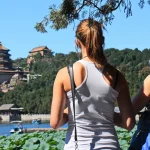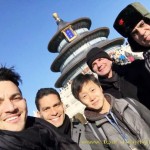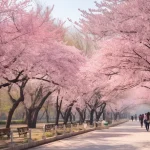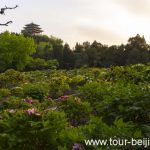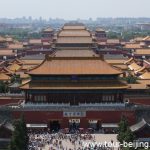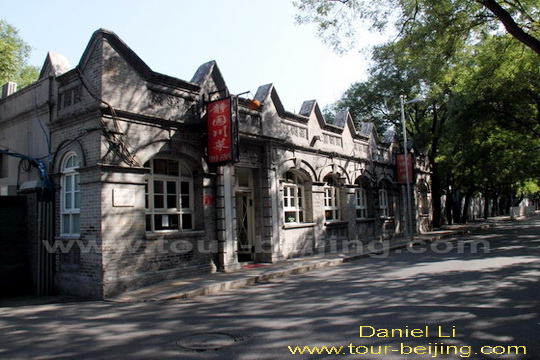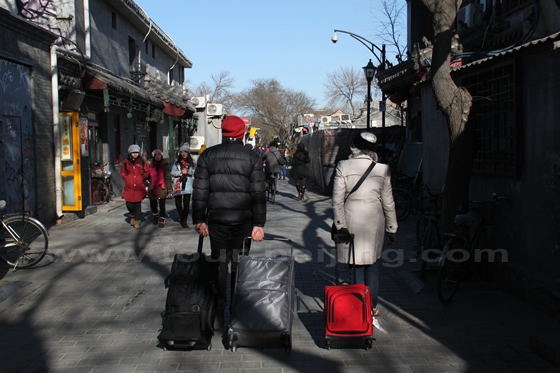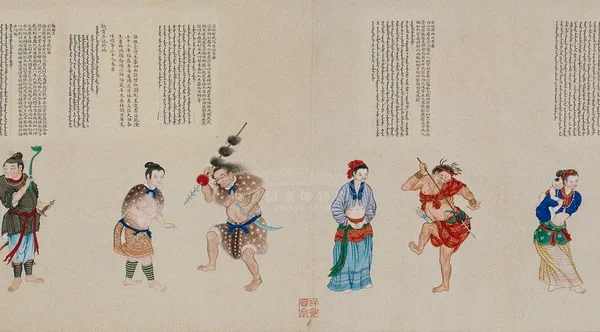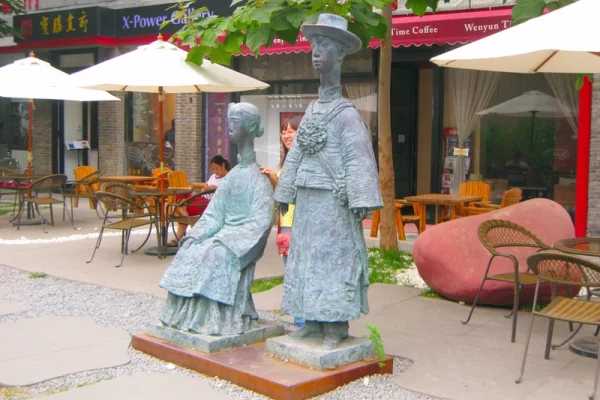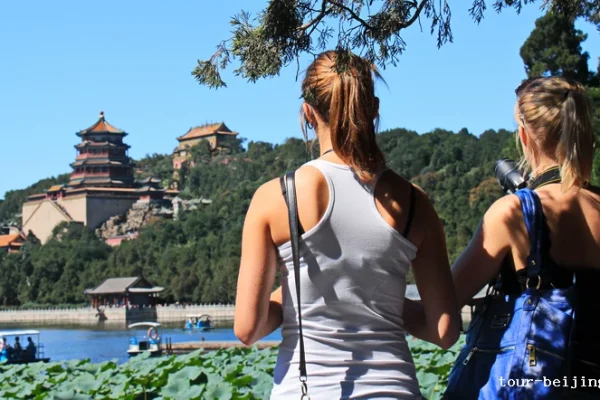
How to visit Summer Palace (Tips, Photos & Map)
Are you organizing your Beijing tour? A pivotal stop is the Summer Palace, a historic royal sanctuary that once rivaled the Forbidden City (currently the Palace Museum) in importance. Initially serving as a secondary palace in the later Qing Dynasty, it holds a rich narrative of China’s royal past.
